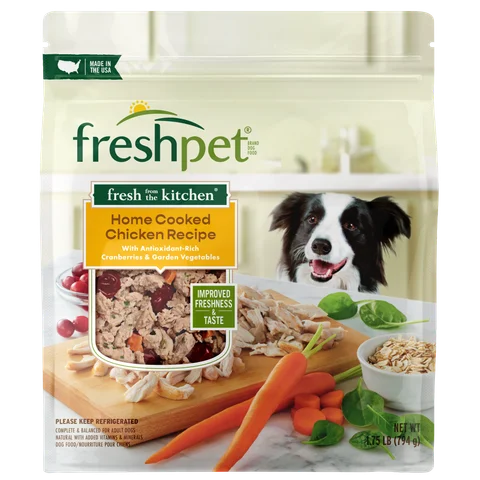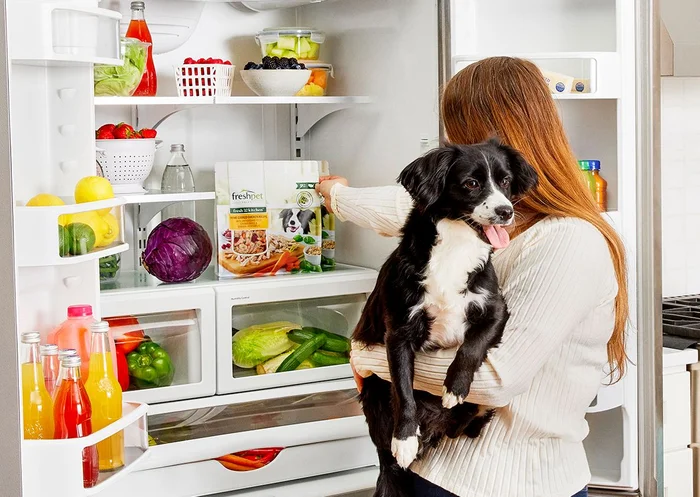


How You Can Make a Difference by Fostering
written by Tori Holmes
Fostering a pet, whether it’s a dog or a cat, is a noble and rewarding experience. What many people don’t realize is that fostering is an essential part of the animal rescue process, providing temporary homes for pets while they get ready to find their forever home. If you’ve ever considered cat or dog fostering, read on to learn more about the difference it can make.
Fostering is a crucial component of animal rescue and shelter operations, providing numerous benefits to pets and the community.
● Space for more: By fostering, you free up space in shelters, allowing them to rescue and care for more animals in need.
● Eases overcrowding: Overcrowded shelters can lead to limited resources and higher stress levels for animals. Fostering helps alleviate this issue, allowing shelter staff to provide more attention in a quieter environment.
● Life-saving: Fostering can be life-saving for pets that may not thrive in a shelter environment. These types of pets often blossom in a home in ways that they never would in a shelter, giving them a higher chance of adoption.
● Transition to permanent homes: Foster homes also serve as a bridge to adoption, helping pets adjust to home life and increasing their chances of successfully finding a permanent family.
As you can see, fostering plays an essential role in ensuring that more animals receive the care they need and find their forever homes. Next, let’s take a closer look at why fostering is so beneficial for the individual pets that are welcomed into foster homes.
Fostering provides a safe and loving environment for pets, which can significantly improve their well-being, enhance their chances of adoption, and ensure they receive the care they need to thrive.
● Reduced stress: Shelters can be stressful environments for animals, which can result in them exhibiting aggressive, fearful, or withdrawn behaviors. Unfortunately, this can negatively affect their chances of adoption as potential adopters often seek friendly, social pets. Being in a foster home can significantly mitigate stress thanks to individualized attention, consistent routines, and an overall quieter environment. When cats and dogs feel relaxed, they are more likely to display the friendly and social behaviors that attract potential adopters.
● Improved health: For animals that come into the shelter with additional health concerns – such as digestive, skin, or coat issues – foster care is their best chance at recovery. It can take time to find the right diet to support a healthy digestive system and resolve skin issues and unfortunately in a crowded shelter, time is in short supply. Foster families are better equipped to give cats and dogs the individualized care needed to get to the bottom of their issues, especially when nutrition is involved. It also helps that there are several Freshpet recipes designed specifically for skin and digestive health!
● Increased adaptability: Dogs and cats who are fostered are given the chance to develop social skills, house manners, and basic training, making them more attractive to potential adopters. Foster pet parents can also provide valuable insights into the animal's personality and needs, making it easier for potential adopters to see the animal's true nature and ensure a better match.
As you can see, fostering not only enhances an animal's well-being but also significantly boosts their chances of finding a loving, permanent home.
If you’ve officially been convinced to become a foster pet parent, you’ll be happy to know it’s a fairly straightforward process. Of course, it differs from shelter to shelter but you can generally expect to go through five key steps:
● Contact local shelters: The first thing you’ll want to do is reach out to local shelters or rescue organizations to inquire about their fostering programs and requirements.
● Complete an application: Most organizations will require you to fill out an application and go through a screening process.
● Prepare your home: While you wait to be matched with a pet, take the time to ensure your home is safe and ready for your foster cat or dog. Most shelters will give you advice on what supplies you’ll need, as well as help you create a plan for their care.
● Training and support: Take advantage of any training or resources offered by the shelter to prepare for fostering. Keep in mind that some shelters require you to go through formal training before you are matched with a pet.
● Ongoing communication: Once your foster cat or dog arrives, stay in touch with the shelter for support and to provide updates on their progress. Some shelters also require you to handle the coordination of meet-and-greets at your home or at events.
Fostering not only enriches the lives of animals but also brings joy and fulfillment to the caregivers who open their homes and hearts. If you have any more questions about becoming a foster pet parent, reach out to your local shelter – they’ll be happy to provide any additional information you may need.
















